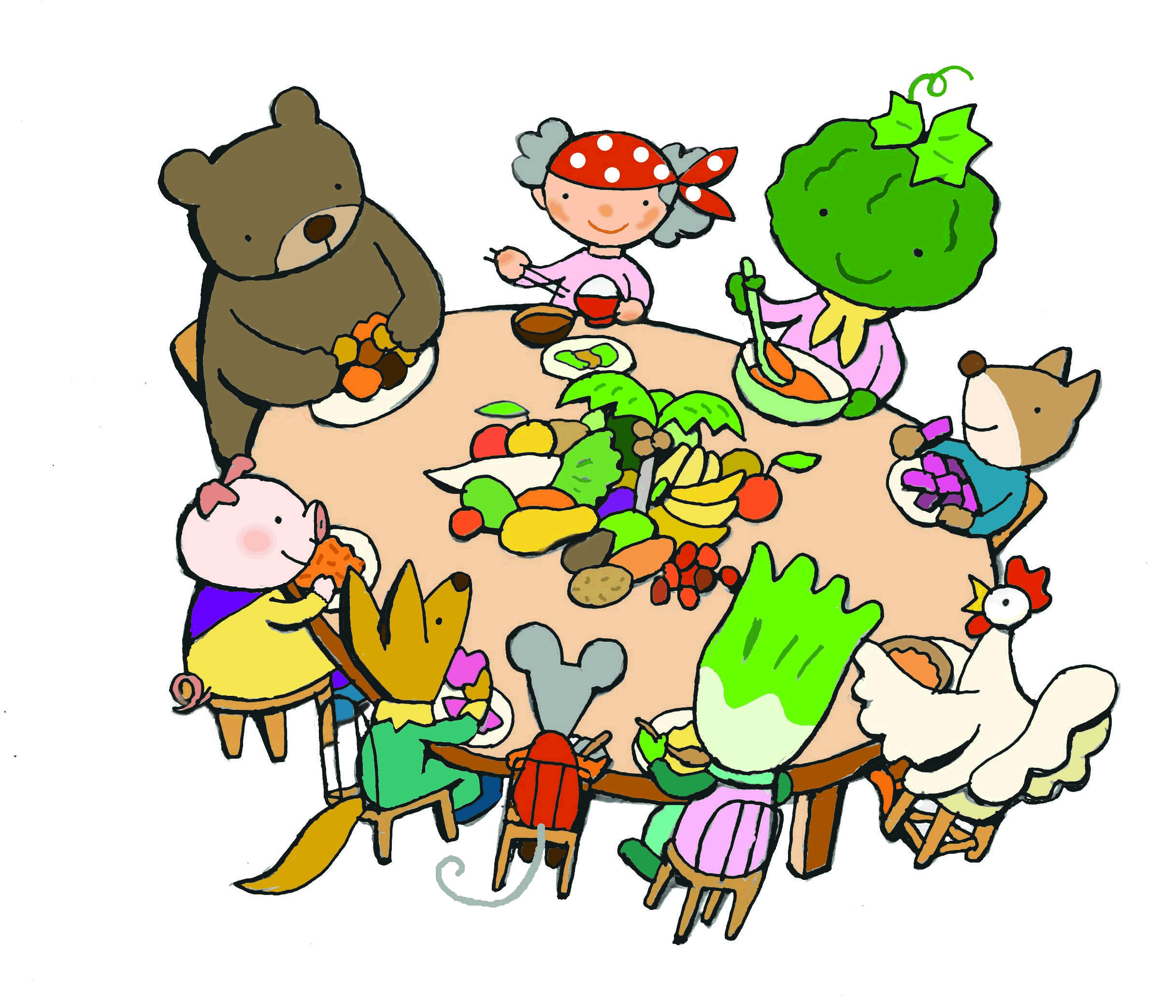Request and letter of enquiry on the sale of genome-edited tomatoes and processed products

To:
Miuraya Co.
Y’s Mart Co.
Naritaya Corporation
Seijo Ishii Co.
Meidi-ya Corporation
Advance Kuriyama Co.
We are a consumer and citizens’ organisation seeking food safety and campaigning against genetic engineering of food products. We are writing to you because we have received information that your shops have been selling genome-edited tomatoes (product name: Sicilian Rouge High GABA) or processed products with a claim of high GABA in your shops.
Genome editing technology is a technology that primarily destroys specific genes. Genome editing of plants uses genetic modification technology and there is also the possibility that genes may be damaged in the process of genetic manipulation and unexpected harmful substances may be produced. Furthermore, the safety and environmental impact has not been examined by the government. Genome-edited foods are not obliged to be labelled, and the products sold in your shops only have a small indication that they have been genome-edited. This means that some consumers are likely to purchase genome-edited tomatoes without knowing that they are genome-edited.
We, the consumers, are concerned about genome-edited food products, whose safety cannot be said to have been verified. In response to the announcement by a company selling genome-edited tomatoes that it would distribute the seedlings free of charge to primary schools, citizens across the country have sent letters to their local authorities asking them not to accept the seedlings. To date, no municipality has announced that it will accept them.
Food safety and consumer trust are of utmost importance to food companies. We would be grateful if you would reconsider your handling of this request. We have enclosed a leaflet to convey our concerns.
We would therefore like to ask you a few questions about the genome-edited tomatoes sold by your company (attached). We would be grateful if you could answer our questions by 28 June. Please note that the questionnaire and your answers will be made available on the website of your organisation.




